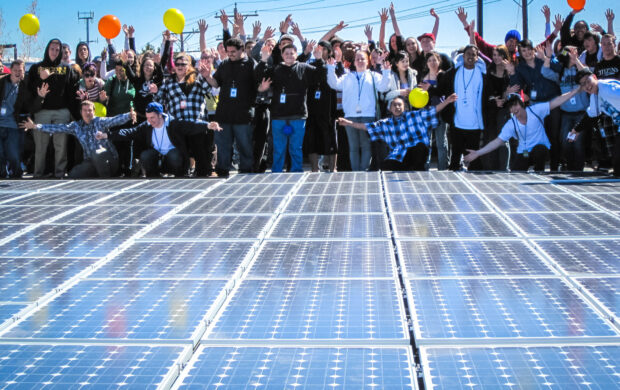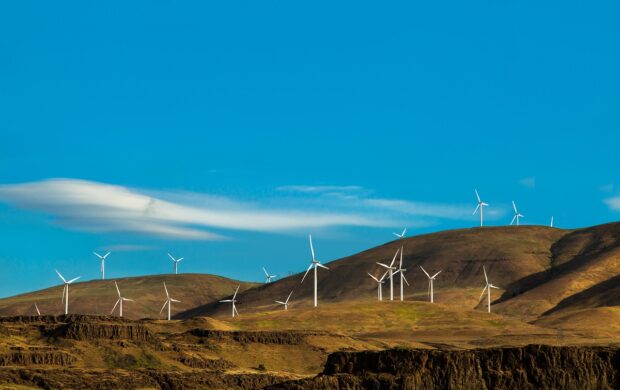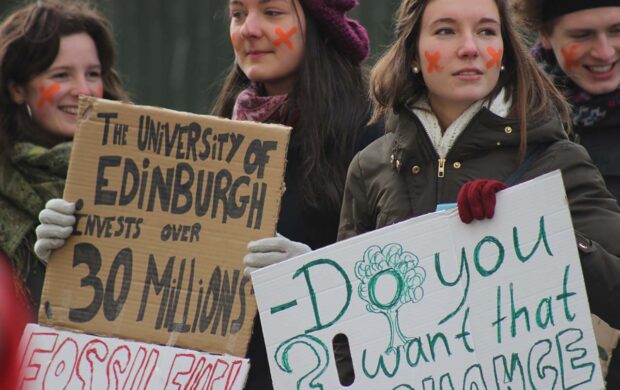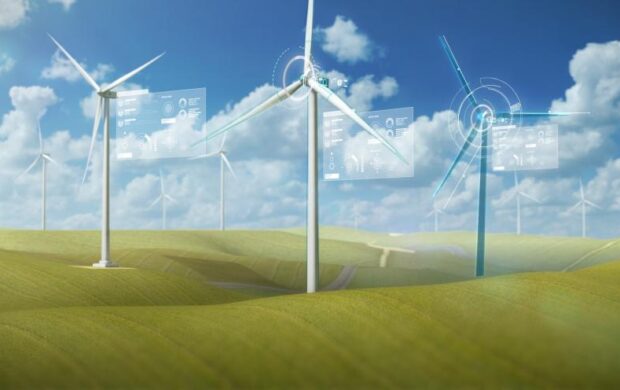The Green Shift is part of the EU-wide Nobel Grid programme. It is piloting ways for local communities in the UK to make the best use of energy produced from clean, renewable sources, showcasing alternatives to corporate controlled power grids. For instance, it profiles daily energy use that combines the use of new technologies like smart meters, batteries and electric cars. Funded by the EU Commission’s Horizon 2020 programme, it aims to demonstrate to the UK Government that engaged householders working together can create a new clean energy system in the UK powered by renewables. It will do this by having a ‘disruptive’ effect: challenging existing business models and working practices amongst energy suppliers, smart meter suppliers, grid actors and energy co-operatives.
The project has three main stakeholder types: (1) householders and community energy groups, (2) intermediaries such a energy co-operatives that aggregate services for households and energy services companies that offer a mixture of services from energy retailing, to retrofit, financing and installation of energy efficiency technologies and (3) District Network Operators, tasked with maintaining the local grid network, offering new connections to renewables and balancing loads in a changing era of distributed energy generation.
It is using five co-operative, civic and not-for-profit demonstrator sites around Europe that won’t just test technical capabilities but how ‘co-operative action’ can offer an advantage over traditional, market based approaches. The sites are:
- Belgium: EcoPower Coop, a renewable energy co-op supplying 60,000 members in Flanders
- Terni, Italy – a municipal authority of 60,000 properties that acts as the DNO for the town
- Alginet, Spain – a town of 6,000 homes owns the local grid and supplies energy to members
- Athens, Greece – a collection of seaside holiday homes all on a single grid
- Carbon Coop, Manchester – aggregating demand for energy efficiency products and services
The technologies it will test are:
- Green Electricity shifting – notifications to encourage use of electricity at times when generated energy mix is highest for renewables
- Automated demand shifting and optimisation in homes using a heat pumps
- Maximising energy generation such as the use of solar PV generated energy on site through use of smart technologies and/or storage.





